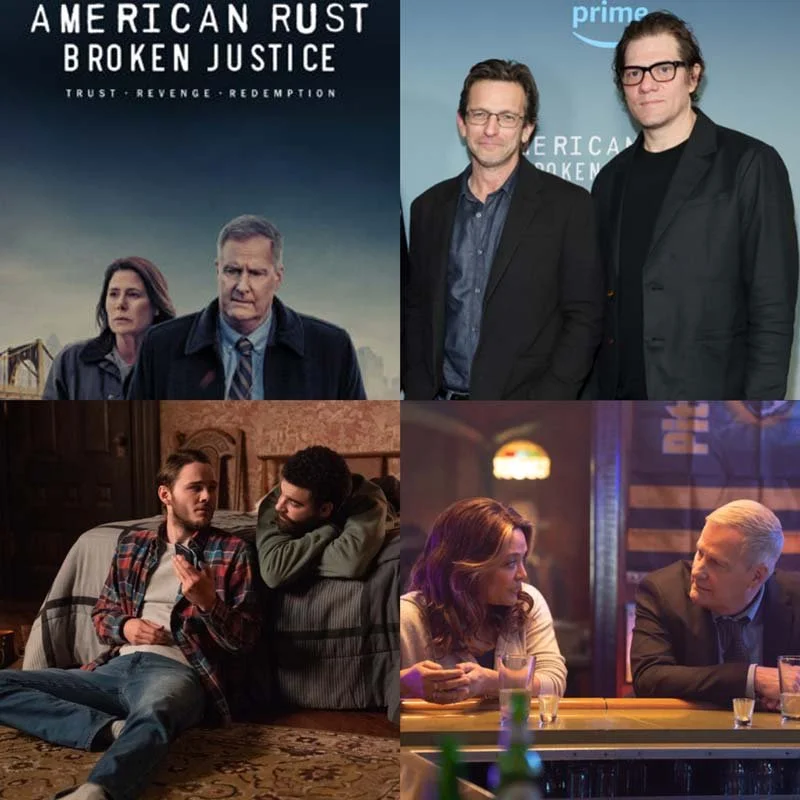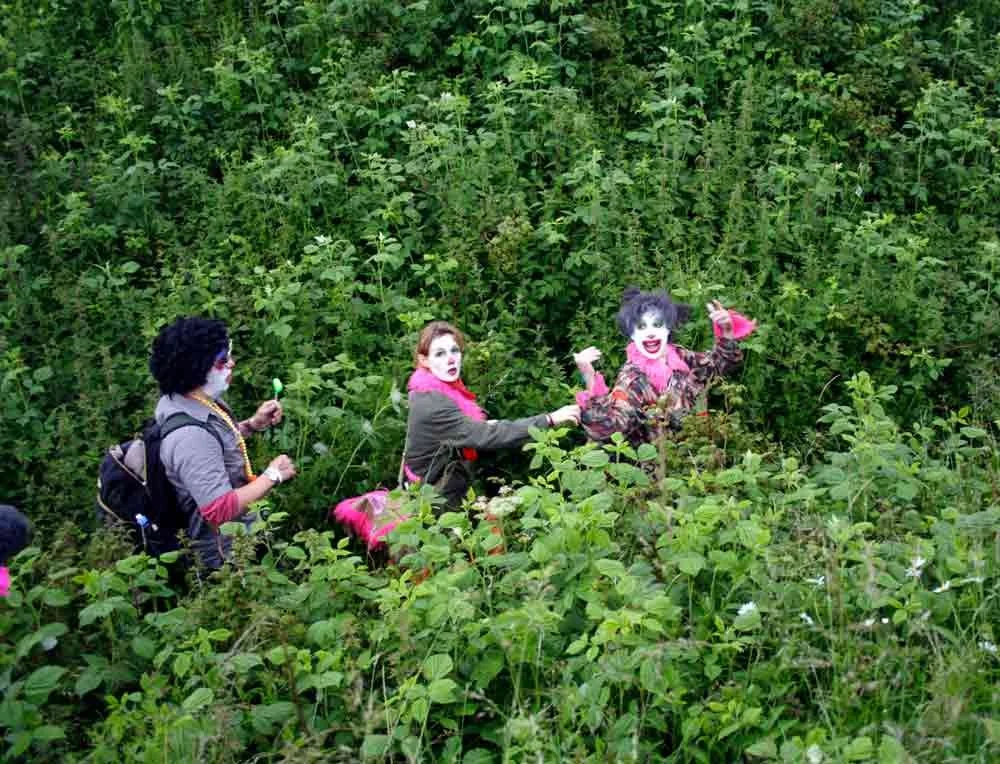Director of the National Museum of Women in the Arts (NMWA) in Washington, D.C., Susan Fisher Sterling has built her career and the stature of the museum around the message of equity for women through excellence in the arts.
Unusual for the museum field, Sterling has dedicated her entire career to advancing NMWA’s mission.As an associate curator, curator of modern and contemporary art, and then chief curator/deputy director, she spent her first 20 years organizing exhibitions and publications of contemporary women artists.
Sterling assumed the directorship of the museum in 2008. During her ten-year tenure the museum has flourished, and has regularly received the highest Charity Navigator rating of 4 stars for sound fiscal and programmatic management. In 2017–18, NMWA celebrated its 30th anniversary with Washington Post “best pick” exhibitions like Women House and its annual gala honoring renowned photographer Annie Leibovitz.
A life-long champion of women through the arts, Sterling has received National Orders of Merit from Brazil and Norway and the President’s Award of the Women’s Caucus for Art. In 2017 she was named one of the Most Powerful Women in Washington by Washingtonian magazine.
THE CREATIVE PROCESS
The National Museum of Women in the Arts is such a necessary institution, and you've been here over 30 years, almost since the beginning. What was your vision coming in and how has that evolved over the years?
SUSAN FISHER STERLING
I came to work at the National Museum of Women in the Arts thirty-two years ago. I really took to the idea that the museum was controversial, that a lot of men said, "Why do you need a women's museum? There are so many other museums. Why do women have to be separated?" I think feminists also said similar things sometimes. "Do we need to have a separate museum for women? Couldn't we just make sure that women are in all the other museums?" It's interesting, too, because some of the people who were more conservative, more traditionalist, would say things like, "Well, we're not sure we like this feminist concept." So it was very interesting to see the triangulation of opinions about the museum.
❧
The way we exhibit the collection is based on themes, themes that are developed by our curatorial team and often in conjunction with our educators as well as our library. The reason for this goes back a really long way. It goes back to the founding of the museum, at a time when I was a curator, and frankly, I did not have enough works to be able to show the collection thematically. So the question becomes, why did we want to do that? The answer is that in some ways, particularly with our collection, which is mostly European and American, when you take a look at Western art history, chronology tends to subvert or discount women and people of color, because technically we show up sort of late to the game. The training opportunities were different. If you look at the 18th century, you find a lot of portraits, you find still lifes, various sorts of imagery or types of painting that women were seen as being able to do, but men were able to do other kinds of work which were highest in this hierarchy. So we never were really comfortable with this notion of a chronology that perpetrated or put forward a hierarchy in the arts. Some four or five years ago, my charge to our chief curator and our team asked, do we have enough works now in the collection? Because the collection is about 5000 works now. When I started, it was about six hundred. So do we have enough works now to be able to create thematic installations within our galleries, our collection galleries that tease out themes that are important? Vis-à-vis women, but yet also just important. Can we mix the different eras in a way that's responsible, where the art really talks to one another?
❧
Many, many people come to us because of contemporary art and they're very interested in seeing contemporary art, which goes a little bit against the idea of many museums where the historical work seems to be most important to people. I think that's partly a realization that women artists came later to the game and so modern and contemporary art is where women artists have really shown their stuff, if you will. The historical work, while it's very important to the story, needs to be interspersed and looked at in relation to contemporary art and contemporary themes so as to continue to have a real relevance. That's a curious thing for us because people are coming to us for something we have to offer that might be different from the large municipal or encyclopedic museum. So in a way, we've been able to shift the discussion and also still showcase those great persevering, exceptional talents of the past that really were able to succeed, way against the odds, totally against the odds.
The shift was from being a museum that reinserted women into the history of art to a more inclusive agenda, which is to champion women through the arts. It allows for the excellence of women. It enables the museum to have programs like the Women, Arts, and Social Change programming that involves women artists at the center of social change or social action. It also talks about women as change agents.
❧
And so museums like the National Museum of Women in the Arts that are permissioned to do more were created with that new way of thinking about ourselves. While at the same time we continue to do the work of the past, reinserting women into the history of art, our programs enable us to showcase or bring to the fore contemporary women artists who are doing great work. It allows us to bridge the past with the present and see that sort of future for ourselves.
I mean, we really are ciphers and not just ciphers, but also integrally involved in these issues that are important to our communities. You can see how what's happening with the pandemic is now layered upon what was already a concern that was our focus for the year in that programming.
But it's a really good model for how you can bridge arts and social change and point to women and artists as being at the center of that. It will be interesting to talk about spirituality in the sense of how do you have joy, how do you keep a spiritual life? How do you feel connected to other spaces, other sorts of thoughts in the midst of difficult times? What kind of artwork might come of that? Is our spiritual life something that we should take very seriously, not just during the pandemic, but afterwards?
THE CREATIVE PROCESS
What do you feel about the idea of artistic genius?
FISHER STERLING
"Genius" is such an interesting term. Just like "visionary." Who decides? It's oftentimes the case that men decide.
And certainly, you have this idea of the solitary genius, the rebel, the working in the garret. The idea that genius will out, no matter what. Geniuses always know exactly what they're thinking about, and they create this amazing work and everybody recognizes it right away.
Certainly, there are interesting ways to think about mathematical genius. There are also interesting ways to think about artistic genius. Who is a genius for people who are social philosophers? All different manners of things that people call genius. The truth is there's a system that props that up and says this person's a genius, but that person's not.
Most often that leads to a whole body of folks who are left out, because at least in the past, with all kinds of 19th-century brain studies, there were all these studies that wanted to prove the inferiority of everybody other than a white male.
I think that the concept of genius at this point in my world is debunked. But that doesn't mean that I don't want women artists to be seen as geniuses, because that's a term that people understand in the world of the popular press or just the general population. So, you want to play on the field that's given. When I was working with Carrie Mae Weens, I liked to say, just because there's such a thing as the male gaze, doesn't mean you shouldn't stare that gaze down.
This interview was conducted by Mia Funk and Katherine Capristo with the participation of collaborating universities and students. Digital Media Coordinator is Yu Young Lee. “Winter Time” was composed by Nikolas Anadolis and performed by the Athenian Trio.
Mia Funk is an artist, interviewer and founder of The Creative Process.




















































